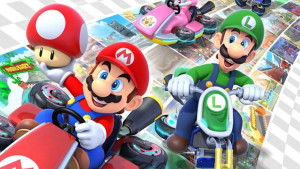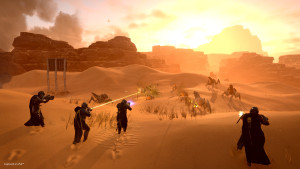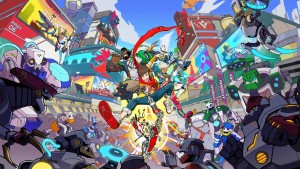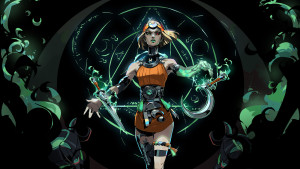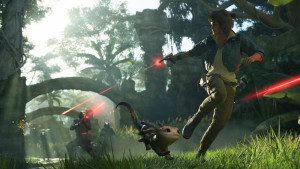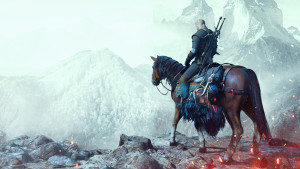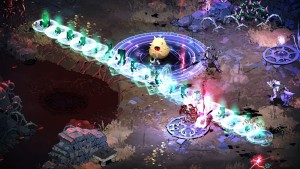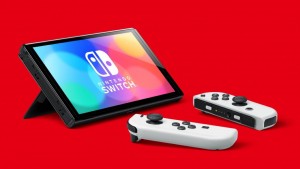Please support Game Informer. Print magazine subscriptions are less than $2 per issue
Games With Great Post-Release Support
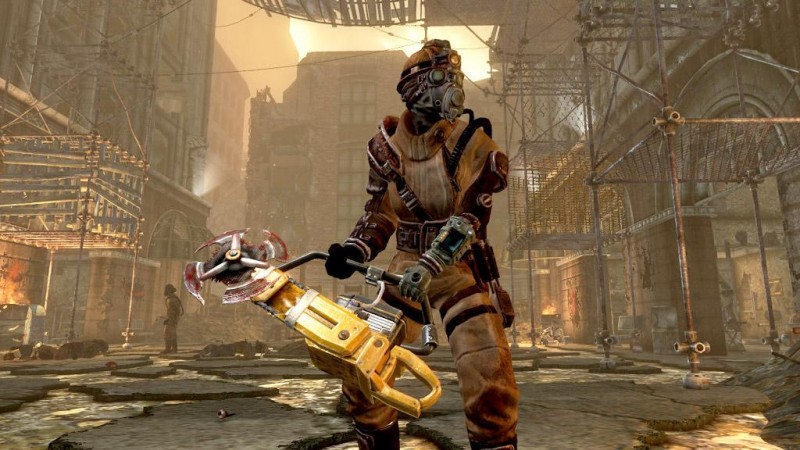
Sequels are a dominant force in video games. Publishers want to create blockbuster franchises that reliably rake in cash, and that means sequels. In the rush to pump out new games, sometimes developers forget people are still playing their previous titles. That’s why we appreciate when game makers support the games we love following a title’s release. Here are some of the best examples of games with great post-release support. 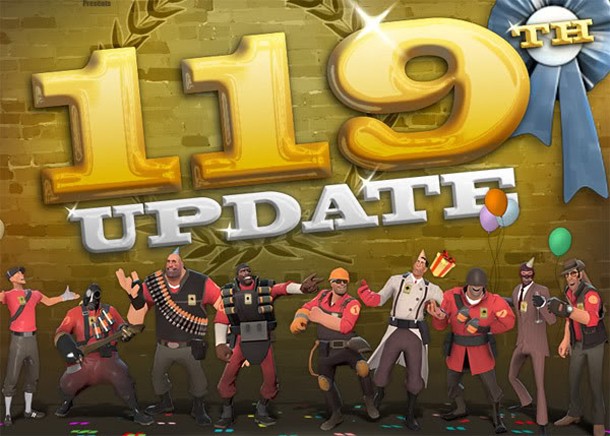
Team Fortress 2
Right out of the gate, Team Fortress 2 was a tremendous bargain. Valve’s brand new team-based FPS was only one component of The Orange Box, which also included a bunch of Half-Life games and Portal. The developer could have said “good enough” and left gamers alone with their orange disc o’ awesome, but they didn’t.
Over the past three years, Valve has released alternate weapons to spice up the game’s class-based action. The team even updated classes altogether, tweaking the delicate balance with compulsory updates. They’ve also thrown in an unprecedented 21 new maps. Valve celebrated their 119th update this year, joking that while they were prepping their 100th update party, 19 more updates went out the door. That’s dedication.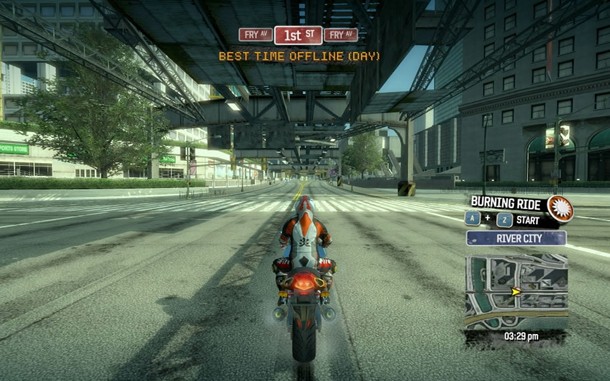
Burnout Paradise
If you’ve excused games with poor post-release support simply because they’re not easily expandable RPGs, online shooters, or music games, you’ve been too lenient. On paper, it’s hard to imagine a racing game featuring tremendous post-release support (after cars and tracks, how much more can you add?), but Burnout Paradise set the bar for racing game DLC support with oodles of paid and free content.
After its release in early 2008, Burnout Paradise fans enjoyed over a year’s worth of consistent content. New features like Marked Man mode, Road Rage mode, and Online Stunt Run mode, motorcycles, night-day cycles, custom soundtracks, challenge modes, and dynamic weather were all crammed into Paradise City. It got so crowded that developer Critereon Games released Big Surf Island, a brand new area packed with toys to cater to the game’s playground aspects. Burnout Paradise ensured that racing games have a tough downloadable act to follow.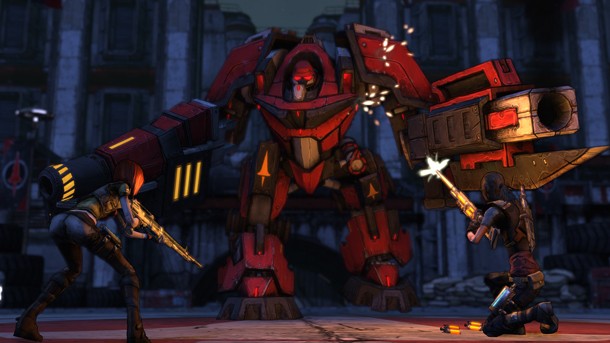
Borderlands
Gearbox created a vast world packed with guns for the role-playing shooter Borderlands. Of course, trigger-happy gamers eventually ran out of stuff to shoot. With most shooters, this would mean waiting for a sequel or turning to another game, but Borderlands delivered DLC three months in a row, and the content included much more than level cap increases.
The Zombie Island of Dr. Ned not only delivered a boatload of fresh quests and a spooky new location – it also added gamers’ favorite undead foes: zombies. Mad Moxxi’s Underdome Riot followed the zombies with an addictive horde mode balancing out the grind with random weapon drops between rounds. The Secret Armory of General Knoxx upped the ante with new four-player vehicles and a secret final boss. It’s been a little while, but with Claptrap’s New Robot Revolution on the horizon, we’re ready to respec, reload, and redeploy on Pandora once again.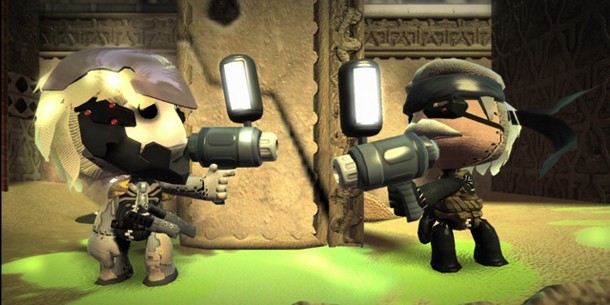
LittleBigPlanet
Media Molecule found the Holy Grail of post-release support by implementing user-created content. By giving users the tools to create awesome levels, the team built the foundation for a game that keeps giving. They’ve been giving LittleBigPlanet fans more tools ever since.
As if Sackboy wasn’t cute enough, plenty of awesome costumes have been released consistently since the game’s release. Street Fighter, Sonic the Hedgehog, and even Heavy Rain outfits are available to make fan-made levels based on those games even more genuine. The Metal Gear Solid and Pirates of the Caribbean add-ons didn’t just bring Jack Sparrow and Solid Snake costumes, however. They bestowed the power of paintball guns and water to make levels even more interesting. Even if players didn’t purchase the DLC, they could still enjoy user-created levels using the new stuff. Much of this DLC for the first game has even been confirmed to work in the sequel.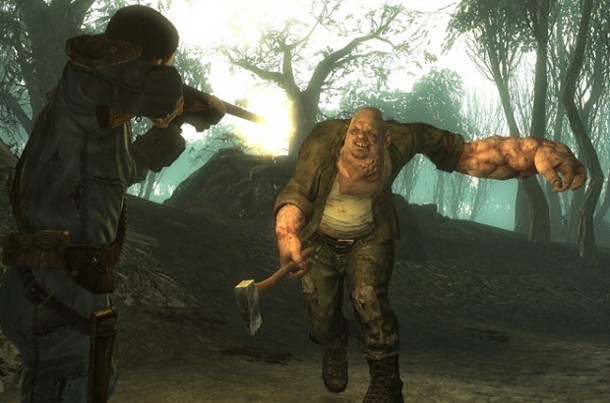
Fallout 3
We had to wait 10 years to return to the wastelands after Fallout 2. When gamers finished Fallout 3, however, they only had to wait three months for their next adventure. Bethesda delivered five pieces of awesome DLC on a consistent basis to one of the most highly anticipated RPGs of all time. Our only gripe is that it had to end sometime.
Fallout 3’s five pieces of DLC added roughly five hours of extra game time each, tons of new weapons (like the Tesla coil), and raised the level cap. Bethesda took us far beyond the shattered Washington DC to repel the Chinese in Alaska, fight mutant hillbillies down south, and even blast aliens in space. Combine this with the fact that you can bring your new experience and toys back into the main game, and Bethesda’s steady drip is one of the best examples of post-release support done right. Let’s hope New Vega follows suit.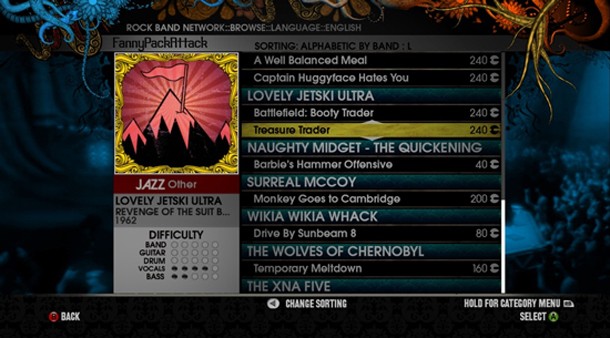
Rock Band
Imagine trying to start a music collection, but you can only get new songs by downloading random playlists – only 25 percent of which you cater to your tastes. This was the case with the early Guitar Hero games, which shoveled gobs of songs into the discs of multiple sequels. Rock Band finally broke the mold by offering individual song downloads and packs, leaving song selection in your hands.
On top of the quality songs contained on the disc, Harmonix has released new DLC songs and albums on a weekly basis since the game hit in late 2007. Over three years of weekly updates, the company has amassed over 1800 songs between Rock Band, Rock Band 2, and the Rock Band Network, which allows indie bands to get their songs in the game. As if that isn’t enough, Harmonix thanked owners of the first Rock Band who bought Rock Band 2 by allowing them to import every song form the first game for ultimate backwards compatibility. Rock Band 3 will even allow you play all the old stuff with the new realistic instruments.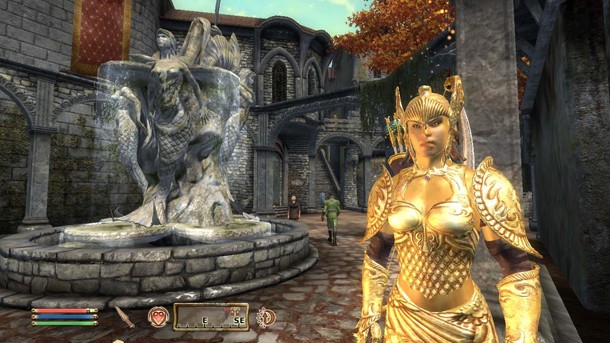
Elder Scrolls IV: Oblivion
Yes, Bethesda was mentioned earlier in
this list. Yes, the infamous Horse Armor DLC was also the company’s
doing. But despite fan backlash for the useless armor, Obvlivion’s
post-release support was one of the earliest examples of DLC done right.
Bethesda set the mold for good additional content, and we don’t know
why more developers didn’t copy them right away.
Starting immediately
after Oblivion’s 2006 launch, Bethesda began releasing DLC quests like
Wizard’s Tower and Mehrunes' Razor, which were accessible to players at
any point regardless of game progress. Adventurers were rewarded with
new weapons and items, and The Vile Lair gave the most evil gamers a
place to heal themselves outside of the church. When Bethesda finished
the bite-sized DLC, it unleashed The Shivering Isles, an expansion which
took players to a bizarre island packed with enthralling new quests and
the game’s most compelling (and crazy) character, Sheogorath.
World of Warcraft
Yeah, duh, post-release support is important for MMOs. Subscribers pay a monthly fee to fund developers’ work on the persistent games, after all. More than a few MMOs over the years have tried to keep gamers invested in the world like Blizzard, but nobody has matched the developer yet.
Over twenty patches have hit WoW since it first launched in 2004. These patches aren’t all simple bug or balancing fixes either; they’ve added dungeons, gear, the dungeon-finder, PvP incentives, and tons more. Subscribers have enjoyed two successful, game-changing expansions, with a third on the way. Burning Crusade and Wrath of the Lich King delivered brand new areas to traverse, classes to play, and even new races. We know that Cataclysm is going to change the face of Azeroth, but we’re confident nothing will change Blizzard’s tireless support.

